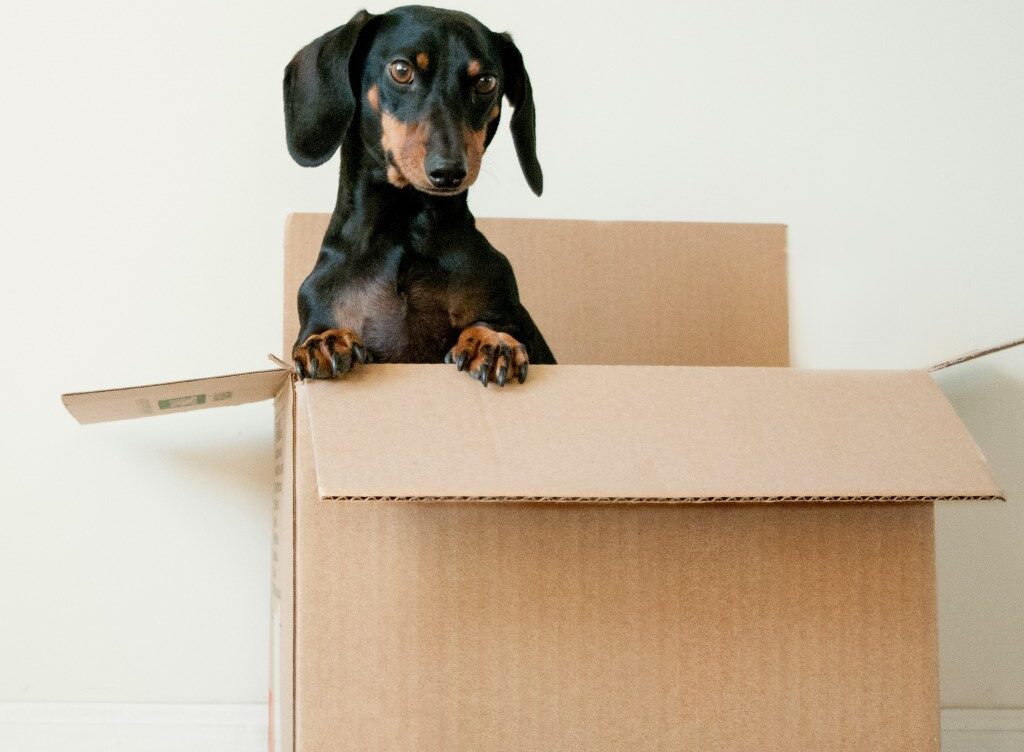
How to Help Your Dog Settle Into a New Home: Expert Tips for a Smooth Transition
Paw-fect Transition: Helping Your Dog Adjust to a New Home
Understanding Your Dog’s Feelings
Moving to a new home can be just as stressful for our canine friends as it is for us. Dogs can feel anxiety and uncertainty in new environments, which can manifest in behaviors like excessive barking or accidents inside the house. Recognizing these signs of stress early can help you take proactive steps to ease their transition. According to the American Kennel Club, it’s important to maintain patience and provide reassurance through comforting routines and familiar objects.
To make the transition as smooth as possible, keep some of their favorite toys and blankets around to give them a sense of familiarity. Even the old bedding, having a familiar scent, can be soothing in a new space. This small gesture can make a big difference in helping your dog feel more at ease and secure.
If the stress symptoms persist, consider consulting a veterinarian or a dog behaviorist. Professional guidance can offer tailored advice and possibly prescribe remedies that help calm your dog’s anxiety.
Creating a Dog-Friendly Space
Before you move your dog into the new home, it’s beneficial to set up a dedicated space just for them. This area should be a safe haven where they can retreat when things get too overwhelming. Choose a quiet corner or a cozy nook that can accommodate their bed, toys, and water bowl. A dog-friendly space provides a retreat for nervous pets and a go-to spot for relaxation.
According to experts at PetMD, this dedicated space should not be too isolated, as dogs are social creatures and prefer to be where the family is. Position their new haven in an area that lets them observe the household while still feeling secure. By gradually introducing them to other areas of the house while supervised, you can help your pet become familiar with their new surroundings without overwhelming them.
It’s also crucial to ensure that the entire home is pet-proofed to prevent any safety hazards that could harm your dog. Inspect each room for toxic plants, unsecured chemicals, and small objects that can be swallowed. Safety first is always a good mantra when it comes to pet care.
Establishing New Routines
Animals thrive on routine, and dogs are no exception. Establishing a predictable schedule for meals, walks, and bedtime can significantly reduce stress in your pet. Try to mimic the routine you had in the old house initially before gradually adjusting times to better suit your new lifestyle if necessary.
During the first few weeks, be consistent with your dog’s schedule. As noted by professional trainers, consistency helps build trust, and your dog will appreciate knowing what to expect each day. This predictability in daily routines not only helps in reducing anxiety but also strengthens the bond between you and your pet.
Remember, every dog reacts differently to change. Some may adjust within a few days, while others might need a few months. Be patient and continue using positive reinforcement techniques, such as treats and praises, to encourage desired behaviors in their new environment.
Keeping Up With Training and Socialization
Do not let the move disrupt the training and socialization schedule of your dog. If they were attending puppy classes or had regular playdates previously, ensure to continue these in your new location if possible. Introducing your dog to new furry friends and neighbors can also aid in their adjustment and prevent behavioral issues associated with isolation and boredom.
Depending on your dog’s temperament, gradually expose them to the neighborhood. Short walks that gradually increase in length can also be beneficial in making your dog feel comfortable in their new environment. It’s a great way to explore together and make the surroundings familiar.
If behavioral issues seem to arise or persist, don’t hesitate to reach out to a dog training professional. They can offer guidance on positive reinforcement techniques and personalized advice that addresses any specific concerns your dog may have adjusting to their new home.
Monitoring Health and Comfort
Throughout the moving process and afterward, it’s vital to keep an eye on your dog’s health. Changes in appetite, activity level, or sleep patterns can indicate stress or a more serious health issue. Regular visits to a vet are crucial during this adjusting phase. This ensures that any stress-related issues are addressed promptly, and your pet’s health is monitored by professionals.
Additionally, consider the comfort level in your home. Check if the temperature settings are appropriate for your dog, and watch for signs of discomfort due to heat or cold. Drafts or direct air conditioning can affect your dog’s comfort and possibly their health.
Ultimately, helping your dog adjust to a new home involves attentive care,guidance, and plenty of love. With these measures in place, you can help your pet transition smoothly and happily to life in their new environment.
